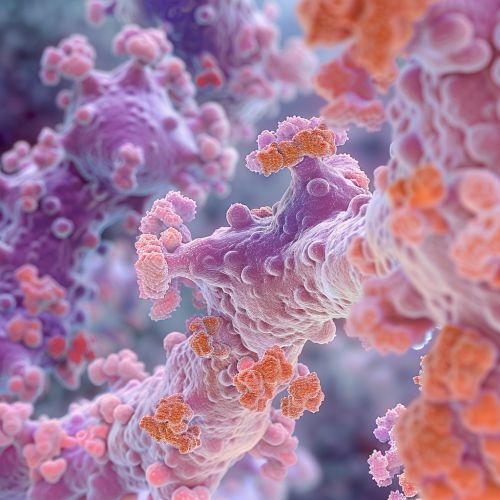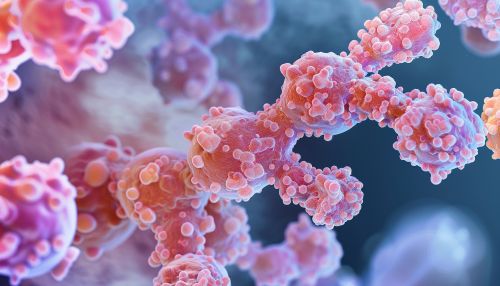Apolipoprotein C2
Overview
Apolipoprotein C2 (ApoC2) is a protein component of very low-density lipoproteins (VLDL), chylomicrons, and high-density lipoproteins (HDL) in the plasma. It is synthesized primarily in the liver and to a lesser extent in the intestine. ApoC2 is essential for the activation of lipoprotein lipase, an enzyme that hydrolyzes triglycerides in lipoproteins to supply free fatty acids to various tissues for energy metabolism.


Structure
ApoC2 is a small protein, composed of 79 amino acids. Its structure is characterized by an amphipathic helix, a common structural motif found in apolipoproteins. This helix allows ApoC2 to bind to the surface of lipoproteins and interact with enzymes and receptors involved in lipid metabolism.
Function
The primary function of ApoC2 is to act as a cofactor for lipoprotein lipase (LPL). LPL is responsible for the hydrolysis of triglycerides in chylomicrons and VLDL, releasing free fatty acids for energy metabolism. Without ApoC2, LPL cannot bind to these lipoproteins, resulting in a severe impairment of triglyceride metabolism.
Clinical Significance
Deficiency of ApoC2 is a rare genetic disorder that leads to the accumulation of chylomicrons and VLDL in the plasma, a condition known as hyperlipoproteinemia type I. This disorder is characterized by recurrent episodes of abdominal pain, pancreatitis, eruptive cutaneous xanthomas, and hepatosplenomegaly. Treatment typically involves a strict low-fat diet and in some cases, plasma exchange.
Research
Research into ApoC2 has revealed its importance in lipid metabolism and its potential role in cardiovascular disease. Elevated levels of ApoC2 have been associated with an increased risk of coronary artery disease, although the exact mechanisms are still not fully understood. Further research is needed to elucidate the role of ApoC2 in health and disease.
